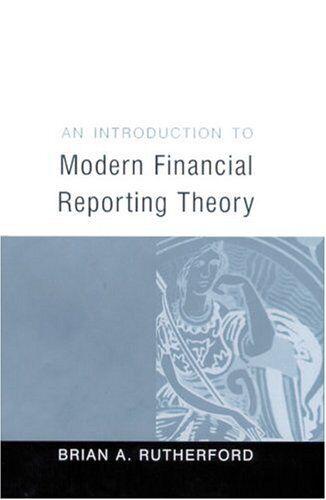Question
Mountain Manufacturing Company produces custom stamped metal parts for a variety of customers in Western Canada. During January, the company had two jobs in process.
Mountain Manufacturing Company produces custom stamped metal parts for a variety of customers in Western Canada. During January, the company had two jobs in process. Job A was an order for 1,200 stamped parts and was started in December. Job A had $12,000 of manufacturing costs already accumulated on January 1. Job B was an order for 1,000 stamped parts and was started in January. The company used a job-order costing system. Total manufacturing overhead for the year was estimated to be $576,000. Mountain Manufacturing uses direct labour-hours as the allocation base to establish its predetermined overhead rate. A total of 19,200 direct labour-hours are expected to be worked during the year. On January 1, the start of the companys fiscal year, inventory account balances were as follows: Raw Materials $ 15,000 Work in Process $ 12,000 Finished Goods $ 10,000 During the month of January, the following transactions were completed: Raw materials were purchased for $30,000. Raw materials were requisitioned for use in production in the amount of $35,000. Of this amount, $25,000 was related to manufacturing ($5,000 for Job A and $20,000 for Job B) and the rest were indirect materials. In January, $32,000 of direct labour ($7,000 for Job A and $25,000 for Job B). In addition, $2,000 of indirect labour costs were incurred. In January, the company incurred the following general factory costs: Utilities expense of $8,000, rent on factory equipment of $8,000, and insurance costs of $1,900. The company recognized $10,000 in depreciation on factory equipment. The company applied manufacturing overhead to Job A and Job B. A total of 350 direct labour-hours were spent completing Job A and 1,250 direct labour-hours were recorded for Job B. Administrative salaries of $30,000 were paid in January. Selling expenses totalled $6,000 in January. Job A was completed in January. The completed cost of Job A according to the job cost sheet was $34,500. Job B remains in process at the end of January. Sales of all 1,200 units in Job A were recorded on account in the amount of $48,300 in January. Required: 1. Prepare journal entries to record the transactions for January. (If no entry is required for a transaction/event, select "No journal entry required" in the first account field.) 2. Prepare T-accounts. Determine ending balances in the inventory accounts and in the Manufacturing Overhead account. 3. Prepare a schedule of cost of goods manufactured. 4a. Prepare a journal entry to properly dispose of any balance in the Manufacturing Overhead account. (If no entry is required for a transaction/event, select "No journal entry required" in the first account field.) 4b. Determine the adjusted Cost of Goods Sold. 5. Prepare an income statement for the month of January.
Step by Step Solution
There are 3 Steps involved in it
Step: 1

Get Instant Access to Expert-Tailored Solutions
See step-by-step solutions with expert insights and AI powered tools for academic success
Step: 2

Step: 3

Ace Your Homework with AI
Get the answers you need in no time with our AI-driven, step-by-step assistance
Get Started


